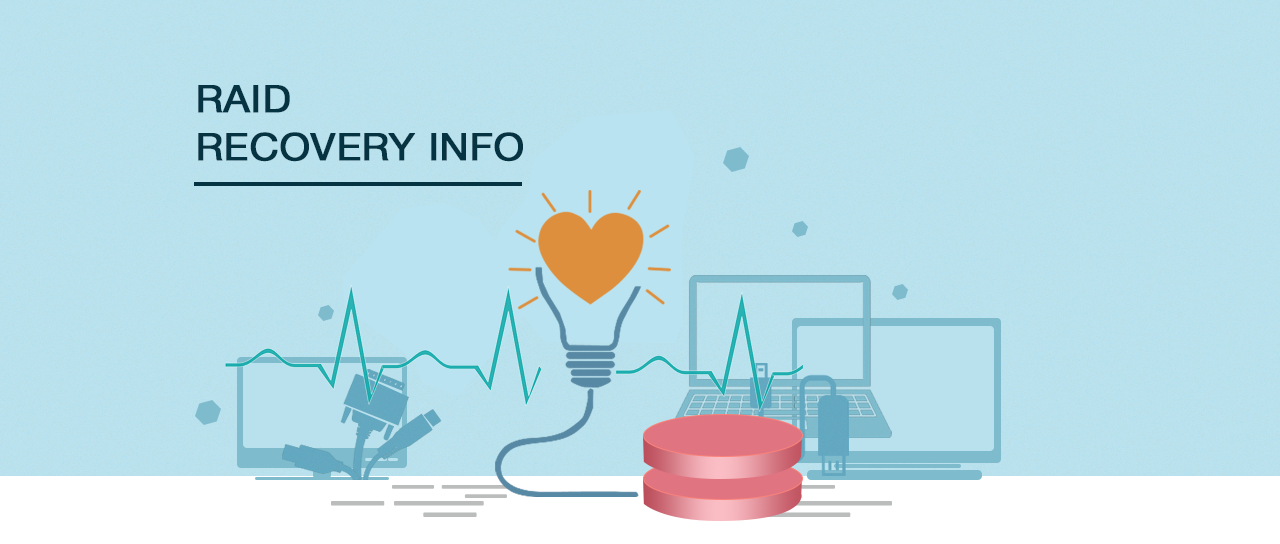
 |
| VIRTUAL RAID RECONSTRUCTION |
|
If performing data recovery on a single failed hard disk drive is delicate work, then RAID data recovery is like brain surgery—one wrong move and you could wipe out gigabytes of precious data. It goes without saying that data recovery from a failed RAID isn’t work well-suited to the reckless. But if you can’t afford to pay a professional data recovery lab, then there are a few do-it-yourself approaches that are less risky. One such RAID data recovery method is to reconstruct the RAID as a virtual device. While not 100% successful, given the right parameters you can often restore some or all of your data with minimal impact to the original disks. |
| RAID RECONSTRUCTION FROM DISK IMAGES:
WHAT YOU'LL NEED |
|
To virtually reconstruct a RAID, you’ll need a few things:
|
|
|
| REBUILDING A RAID |
|
Once you have all of the above, the basic steps for rebuilding a RAID are fairly simple. While the actual steps will vary depending on the software you use, the basic process is the same:
The key to a successful virtual RAID reconstruction is having all of the pieces of the puzzle in order to put them back together. If you are missing any of the above, your job will be significantly more difficult. If there is extensive damage to your RAID, your only option may be to send it to a data recovery lab for manual "destriping", which can be very costly. |
| Back to the main page |